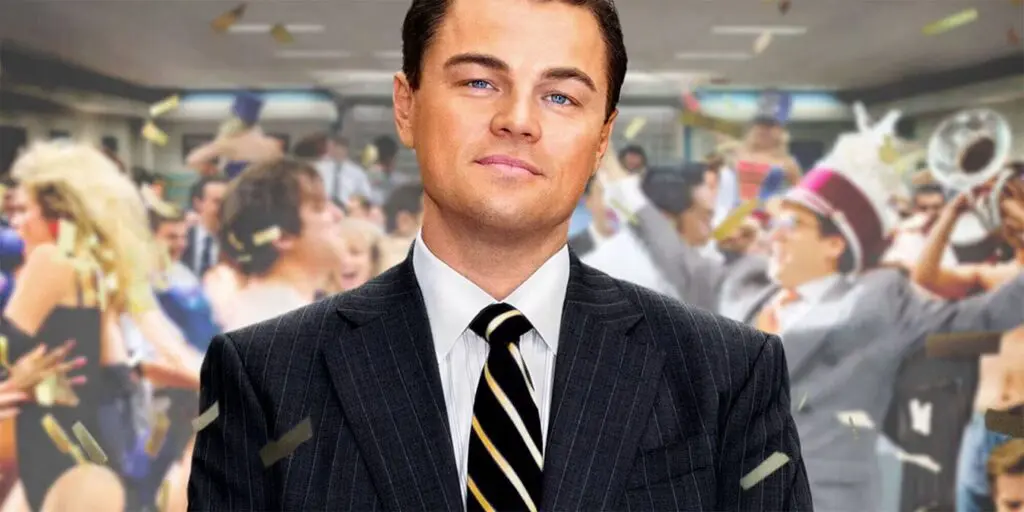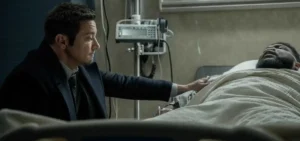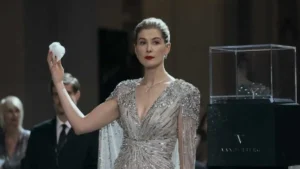The fourth wall is a conceptual barrier that separates a performer from an audience. In the majority of films and TV shows, the actors in a scene do not acknowledge the camera or audience. Instead, they usually act as if the scene were real life. The audience can see the story, but the characters are not aware that the audience exists.
When a film or TV show breaks the fourth wall, it can be described as the story becoming aware of itself. This can have both a positive and negative effect, depending on how it is done. Sometimes the audience can become detached from the story and characters as they are taken out of the storyline loop. However, some directors and actors break the fourth wall to engage the audience in unexpected ways. This can allow the film or TV show to reinforce themes or character traits.
Join us as we explore examples of films and TV shows that have broken the fourth wall and the effect it has had on them.
Breaking the fourth wall examples
Ferris Bueller’s Day Off (1986)
One of the most famous examples of breaking the fourth wall is Ferris Bueller’s Day Off (1986). Throughout the film, Ferris, played by Matthew Broderick, gives the audience extra details about each character and what’s happening. The plot has Ferris fake a sickness to get a day off school. He then goes around Chicago with his girlfriend and best friend.
The witty commentary and smart quips to the camera from Ferris add to the comedy of the film. It also allows the audience to make a connection with the character, as we are allowed to get an honest insight into Ferris’s mind. This formula would be followed by other films and TV shows after this. For example, Malcolm in the Middle has Malcolm vent to the audience about his frustrations regarding his family which makes us feel closer to the character.
Sesame Street (1969 – present)
Going with a different take on breaking the fourth wall, Sesame Street does this to educate the audience (primarily children). Teaching the alphabet, number counting and discussing good morals is the main focus of the show. This, combined with breaking the fourth wall, allows the audience to feel more engaged as they learn.
Many children’s TV shows have adopted this method since, for example, Dora the Explorer (2000-2019) is another TV show targeted at children for the purpose of education. Dora will also look at the audience and pause to give them a chance to participate and answer questions.
The Wolf of Wall Street (2013)
The Wolf of Wall Street (2013) retells the story of Jordan Belfort, played by Leonardo DiCaprio, a former stockbroker who committed financial fraud through penny stocks. Martin Scorsese produced the movie and purposely used the fourth wall break to explain the circumstances to the audience. It makes us more attuned to the actions of Belfort, as we take a deep dive into his manipulation of penny stocks and how much it has inflated his ego.
DiCaprio’s delivery of the fourth wall breaker makes the distinction between Belfort and DiCaprio very subtle. It allows his charisma to further ooze through the screen and keep the audience captivated by the character.
Psycho (1960)
Breaking the fourth wall is often used for comedy and to make us understand a character better. However, it can also be used to unsettle the audience. An example of this is in the iconic horror movie Psycho (1960).
While the film doesn’t break the fourth wall throughout, it is used at the end of the movie for dramatic effect. The maniacal stare from actor Anthony Perkins makes the audience feel instantly uncomfortable. It almost makes you think that Norman Bates is eyeing you up as his next victim. It has been dubbed by many as the best fourth wall-breaking stare in film history.
The Office (2005 – 2013)
From breaking the fourth wall to removing it completely, The Office is considered a mockumentary sitcom. Shot in a documentary style, we see a set of characters going through awkward situations and interactions with the sole purpose of eliminating the fourth wall. The characters will sometimes talk directly to the camera or act in a way where they know the camera is there.
Even though the show mostly removes the fourth wall, there are times where they take it a step further and break the fake fourth wall. In rare scenes, they will include moments from the film crew to give the sense of a real documentary. While this could confuse a new viewer, it’s a great technique to add more comedy and irony to the episodes that will amuse the regular audience.
Additional Reading




